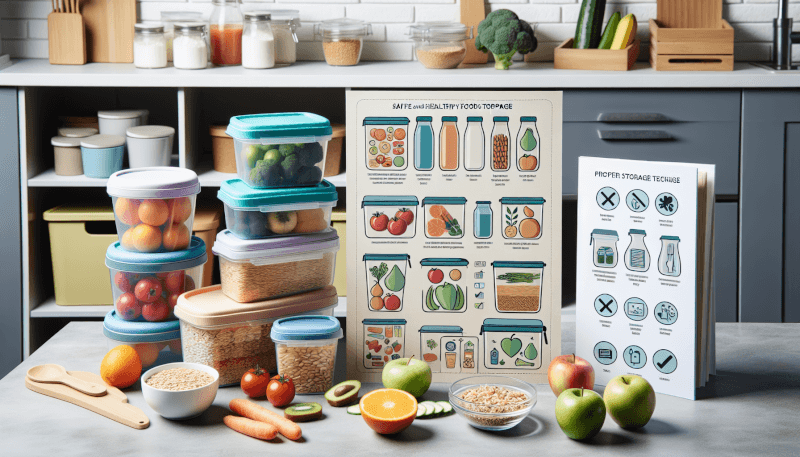In this article, you will discover safe and healthy food storage options for your little ones. As a parent, ensuring the well-being of your toddler is a top priority, especially when it comes to their diet. We will explore various methods and tips to ensure that the food you store for your toddler not only remains safe but also retains its nutritional value. From refrigeration tips to the use of BPA-free containers, you will find a range of practical advice to keep your child’s meals fresh and healthy. So, without further ado, let’s dive into the world of food storage for toddlers!
Types of Food Storage Containers
Plastic Containers
Plastic containers are a popular choice for food storage due to their affordability and convenience. They come in various sizes and shapes, making them versatile for storing different types of food. However, it is essential to choose BPA-free plastic containers to avoid any potential health risks. Plastic containers are lightweight and portable, making them ideal for packing snacks or meals on the go.
Glass Containers
Glass containers are a fantastic option for food storage, especially for parents who prioritize safety and health. Unlike plastic containers, glass containers do not contain any harmful chemicals that can leach into the food. They are microwave and freezer safe, allowing you to conveniently heat or cool your toddler’s meals. Additionally, glass containers are easy to clean and maintain.
Stainless Steel Containers
Stainless steel containers are an excellent choice for parents looking for durable and long-lasting food storage options. They are resistant to rust, corrosion, and breakage, ensuring that they will withstand the test of time. Stainless steel containers are also safe, as they do not contain any harmful chemicals or toxins that can contaminate the food. These containers are ideal for storing both hot and cold foods, making them versatile for meal prepping.
Silicone Containers
Silicone containers offer a unique and practical solution for food storage. They are lightweight, flexible, and easy to store. Silicone containers are also microwave and freezer safe, allowing you to safely heat or chill your toddler’s meals. Additionally, they are non-toxic and BPA-free, ensuring that no harmful substances will come into contact with the food. Silicone containers are ideal for on-the-go snacks or storing homemade baby food.
Factors to Consider When Choosing Food Storage Containers
BPA-Free
When selecting food storage containers for your toddler, it is crucial to choose ones that are BPA-free. Bisphenol A (BPA) is a chemical commonly found in plastic containers and can potentially leach into the food. BPA has been linked to various health issues, including hormone disruption. By opting for BPA-free containers, you can ensure that your child’s meals are free from any harmful chemicals.
Leakproof
Leakproof containers are essential for storing liquids and preventing any unwanted spills or messes. Whether it’s storing yogurt, soup, or juice, having leakproof containers ensures that your toddler’s mealtime remains clean and hassle-free. Look for containers with a tight seal and secure lids to avoid any accidents.
Microwave and Freezer Safe
To make mealtime easier, it’s essential to choose containers that are both microwave and freezer safe. Microwave-safe containers allow you to conveniently heat up your toddler’s meals without having to transfer them to a different dish. Freezer-safe containers are perfect for storing batch-cooked meals or homemade baby food that you want to keep fresh for a more extended period.
Easy to Clean
Food storage containers should be easy to clean to maintain good hygiene. Look for containers that are dishwasher safe or have smooth surfaces that are easy to hand wash. Avoid containers with small crevices or hard-to-reach places, as they can be difficult to clean thoroughly.
Durable
Durability is a crucial factor when it comes to food storage containers, especially for parents who plan on using them for an extended period. Containers made from sturdy materials like glass or stainless steel are less likely to break or wear out quickly. Investing in durable containers will save you money in the long run and ensure that your toddler’s meals are securely stored.
Portability
If you’re always on the go with your toddler, portability becomes a significant factor in choosing food storage containers. Look for lightweight and compact options that fit well in your diaper bag or backpack. Containers with secure snap-on lids or leakproof seals are ideal for travel to prevent any spills or leaks.
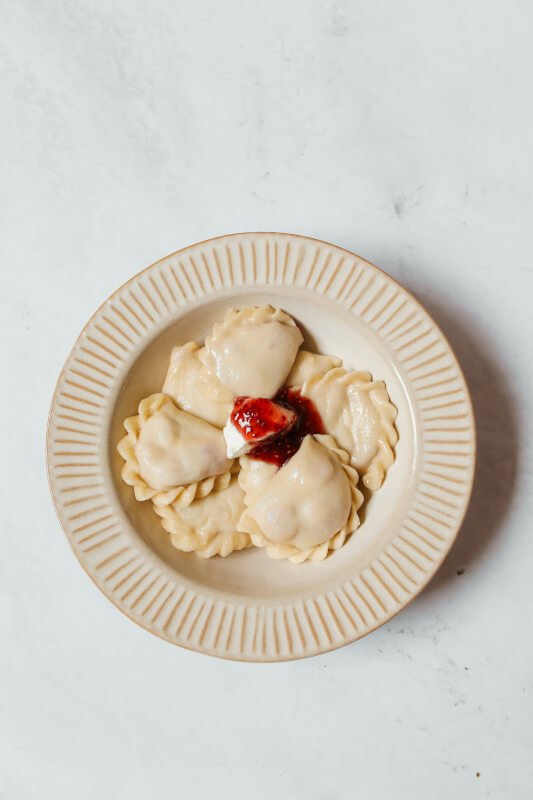
Proper Food Storage Techniques
Refrigeration
Refrigeration is a crucial technique for storing perishable foods and maintaining their freshness. When refrigerating food for your toddler, make sure to store them in airtight containers to prevent any odors or flavors from transferring. Label the containers with the date they were prepared to keep track of their freshness. Place the containers on the shelves rather than the fridge door, as the temperature is more consistent there.
Freezing
Freezing is an excellent method for preserving food for an extended period, especially for batch-cooking or storing homemade baby food. It is important to freeze foods in proper containers to maintain their quality. Use freezer-safe containers to prevent freezer burn or moisture loss. It is also crucial to label the containers with the type of food and date of freezing for easy identification.
Canning
Canning is a popular method for preserving fruits, vegetables, and homemade jams or sauces. It involves preparing the food, sealing it in jars, and using heat to destroy any bacteria or microorganisms that can cause spoilage. Canned foods can be stored at room temperature, making them convenient for long-term storage. Follow proper canning guidelines and check for any signs of spoilage before consuming.
Dehydrating
Dehydrating is a method of removing moisture from food to prevent spoilage and extend its shelf life. It is commonly used for fruits and vegetables, turning them into delicious and healthy snacks. Dehydrated foods can be stored in airtight containers or vacuum-sealed bags. Keep them in a cool, dry place away from direct sunlight for best results.
Recommended Foods for Storage
Fruits and Vegetables
Storing fruits and vegetables effectively is crucial to maintain their freshness and nutritional value. For most fruits, it is best to store them in the refrigerator, while some can be stored at room temperature. Cut fruits should be stored in airtight containers to prevent browning and maintain their crispness. Leafy greens can be stored in moisture-proof containers, or you can wrap them in a damp cloth to prevent wilting.
Grains and Legumes
Grains and legumes are staple foods that can be stored for extended periods. It is essential to keep them in airtight containers to prevent any insect infestation or moisture absorption. Store them in a cool, dry place away from direct sunlight. Avoid storing grains and legumes in the fridge, as the moisture can lead to spoilage or mold growth.
Meat and Poultry
When storing meat and poultry, it’s crucial to follow proper food safety guidelines to prevent any bacterial growth or cross-contamination. Store raw meat and poultry in leakproof and airtight containers to avoid any contact with other foods. Place them on the bottom shelf of the refrigerator to prevent any liquids from dripping onto other foods. Cooked meat and poultry should be stored separately from raw ones to avoid contamination.
Dairy and Eggs
Dairy products and eggs require proper storage to maintain their freshness and prevent spoilage. Milk, cheese, and yogurt should be stored in their original containers or airtight containers to retain their flavors. It is important to keep dairy products refrigerated at all times. Eggs should be stored in their original carton in the refrigerator to maintain their quality and minimize the risk of contamination.
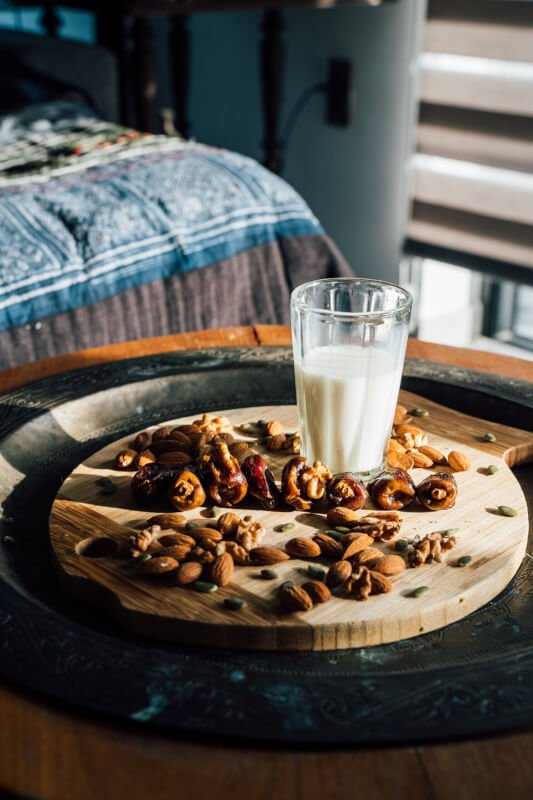
Preparing and Storing Homemade Baby Food
Cooking and Pureeing
Preparing homemade baby food gives you control over the ingredients and ensures that your baby is consuming nutritious meals. Start by cooking fruits, vegetables, or grains until they are soft and easily mashed. Use a blender or food processor to puree the cooked ingredients to a smooth consistency. Avoid adding any salt, sugar, or seasoning to the baby food.
Proper Containers for Storage
When storing homemade baby food, choose containers that are safe, BPA-free, and airtight. Glass or silicone containers are excellent choices, as they do not contain any harmful chemicals that can leach into the food. Divide the baby food into individual portions and store them in the freezer for future use. Label the containers with the type of food and date of preparation.
Freezing and Thawing
To retain the freshness and nutrients of homemade baby food, freezing is the best method of storage. Once the baby food has cooled down, transfer it to the appropriate containers and seal them tightly. Place the containers in the freezer. When ready to serve, thaw the baby food in the refrigerator overnight or use the defrost setting on your microwave. Never refreeze thawed baby food.
Safe Handling and Storage Practices
Maintaining Proper Temperatures
Proper temperature control is essential for preventing foodborne illnesses and ensuring food safety. Keep your refrigerator temperature below 40°F (4°C) and your freezer temperature at 0°F (-18°C) or lower. Use a refrigerator thermometer to monitor the temperature regularly. When reheating food, heat it to an internal temperature of 165°F (74°C) to kill any bacteria or pathogens.
Avoiding Cross-contamination
Cross-contamination occurs when bacteria from raw foods transfer to cooked or ready-to-eat foods, posing a significant health risk. To prevent cross-contamination, always wash your hands before and after handling food, especially raw meat or poultry. Use separate cutting boards, utensils, and containers for raw and cooked foods. Store raw foods on the lower shelves of the refrigerator to prevent any drips from contaminating other items.
Labeling and Dating
Properly labeling and dating your food containers is essential for food safety and organization. Clearly label the contents of the container and the date it was prepared or stored. This ensures that you know what is inside each container and can easily identify the freshness of the food. It also helps you practice the first-in, first-out rule, where you use the oldest food items first to prevent any wastage.
Rotating Food Stock
To maintain food freshness and reduce waste, it is important to rotate your food stock regularly. When storing new groceries or leftovers, move the older items to the front and bring the newer items to the back. This ensures that you consume the oldest items first and prevents any food from sitting in the pantry or refrigerator for too long.
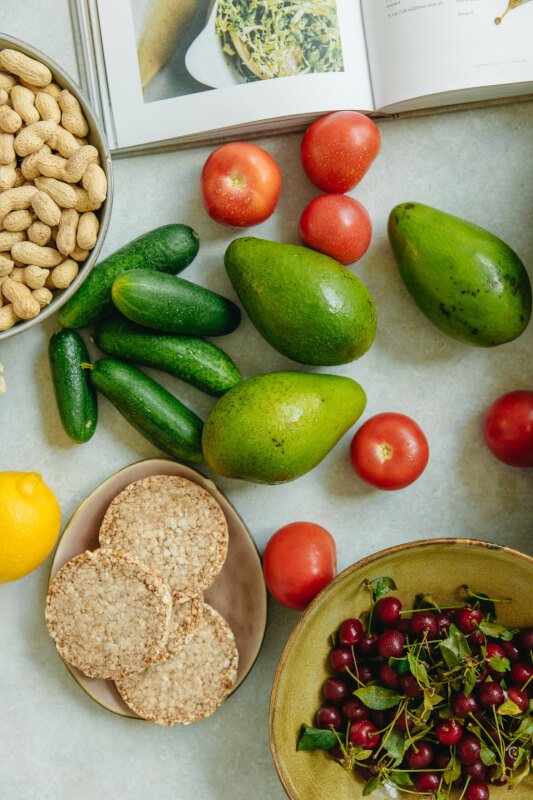
Tips for Organizing a Toddler Food Pantry
Categorizing Food Items
Organizing your toddler’s food pantry can make meal prep and snack time much more efficient. Start by categorizing your food items into groups, such as fruits, vegetables, grains, snacks, and beverages. This allows you to easily find what you need when preparing meals or grabbing a snack for your little one.
Using Clear Containers
Opt for clear containers when storing toddler snacks and ingredients. Clear containers allow you to see the contents without having to open them, making it easier to locate specific items. Use stackable containers to maximize space and keep everything neat and organized.
Shelf Life Awareness
Be aware of the shelf life of the foods you store in your toddler’s pantry. Regularly check the expiration dates and dispose of any expired items. This ensures that your child consumes fresh and safe foods and reduces the risk of foodborne illnesses.
Regularly Checking Expiry Dates
Keep track of the expiration dates of the foods in your toddler’s pantry. Regularly check the dates and dispose of any expired items. This helps ensure that your child is consuming fresh and safe foods and reduces the risk of foodborne illnesses.
Healthy Snack Options for Toddlers
Fresh Fruits and Vegetables
Fresh fruits and vegetables are excellent healthy snack options for toddlers. They are packed with essential vitamins, minerals, and fiber. Cut fruits and veggies into bite-sized pieces for easy snacking. Some great options include sliced apples, baby carrots, grapes, and cucumber sticks.
Whole Grain Crackers or Bread
Whole grain crackers or bread provide a nutritious and filling snack for toddlers. Look for options with minimal added sugars and high fiber content. Pair them with a spread of natural nut butter or a slice of cheese for added protein and healthy fats.
Cheese and Yogurt
Cheese and yogurt are calcium-rich snacks that also provide protein for your growing toddler. Opt for low-sodium, natural cheeses, and plain yogurt without added sugars. You can offer them as-is or incorporate them into recipes like homemade parfaits or mini cheese sandwiches.
Natural Nut Butters
Natural nut butters, such as almond or peanut butter, are packed with healthy fats and protein. Spread them on whole grain crackers or bread for a satisfying and nutritious snack. Remember to check for any nut allergies before introducing nut butter to your toddler’s diet.
Smoothies
Smoothies are a great way to sneak in fruits and vegetables while providing hydration and nutrients for your toddler. Blend a combination of fresh or frozen fruits, such as berries, bananas, and spinach, with yogurt or milk for a delicious and nutrient-packed snack. Avoid adding any sweeteners or juices.
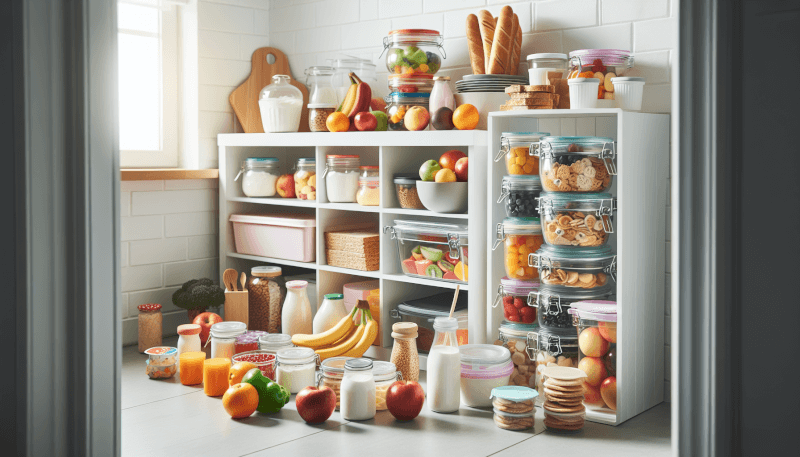
Meal Prep Ideas for Busy Parents
Batch Cooking
Batch cooking is a time-saving meal prep technique where you cook large quantities of food in advance. Plan your meals for the week and spend a day or two preparing and cooking multiple meals. Portion them into individual containers and store them in the refrigerator or freezer for easy reheating throughout the week.
Freezer-friendly Toddler Meals
Freezer-friendly toddler meals are a convenient option for busy parents. Prepare and cook meals specifically designed for freezing, such as casseroles, soups, or stews. Portion them into individual containers and freeze them for later use. Thaw and reheat as needed for quick and wholesome meals for your little one.
Make-ahead Snacks
Prepare make-ahead snacks that you can easily pack and take on-the-go. Energy balls, homemade granola bars, or veggie muffins are excellent options. Prepare a large batch and store them in an airtight container for quick and healthy snacks throughout the week.
Meal Planning
Meal planning is a helpful strategy for busy parents. Take some time each week to plan your family’s meals, including breakfast, lunch, dinner, and snacks. This helps ensure that you have all the necessary ingredients on hand and allows you to streamline your grocery shopping. Consider involving your toddler in the meal planning process to encourage healthy eating habits.
Best Practices for Thawing and Reheating Frozen Toddler Meals
Thawing in the Refrigerator
The safest and most recommended method for thawing frozen toddler meals is in the refrigerator. Place the frozen meal in a container and allow it to thaw slowly in the refrigerator overnight or for several hours. This gradual thawing ensures that the food maintains its quality and minimizes the risk of bacteria growth.
Using Cold Water Defrosting
If you need to thaw a frozen toddler meal quickly, you can use the cold water defrosting method. Place the sealed container with the frozen meal in a sink or large bowl filled with cold water. Change the water every 30 minutes to maintain a safe temperature. Avoid using warm or hot water, as it can promote bacterial growth.
Safe Reheating Methods
When reheating frozen toddler meals, ensure they reach a safe internal temperature of 165°F (74°C) to kill any bacteria or pathogens. Use a microwave or oven to heat the meals thoroughly. Stir or rotate the food midway through the reheating process to distribute the heat evenly. Let the meal cool down slightly before serving to prevent burns.
In conclusion, choosing the right food storage containers, practicing proper food storage techniques, and providing safe and healthy snacks for toddlers are essential for maintaining their well-being. By considering factors such as BPA-free containers, leakproof features, and easy cleaning, you can ensure that your child’s meals are stored safely and conveniently. Additionally, following proper food storage techniques like refrigeration, freezing, canning, and dehydrating helps maintain food freshness and prevent spoilage. It is crucial to select the appropriate containers and adhere to safe handling practices when preparing and storing homemade baby food. Finally, organizing a toddler food pantry and incorporating meal prep ideas can simplify mealtime for busy parents. With these tips and recommendations, you can confidently provide safe and healthy food storage options for your toddler.
